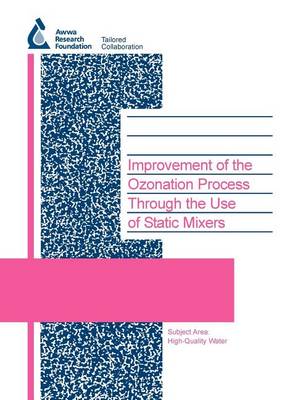Among the known disinfectants, ozone has been demonstrated to be very effective in inactivating protozoans. Current and proposed regulations impose additional treatment requirements for Cryptosporidium parvum. These regulatory trends tend to place more stringent performance demands on disinfection systems and have therefore increased the need for improvements in the design. The static mixer offers one alternative method for improving the efficiency of the dissolution of ozone and optimizing its use in the disinfection process.The overall objective of this research was to quantify the potential benefits of ozone application through the use of static mixers in terms of increased transfer efficiency, disinfection capacity, and enhanced chemical reactions at laboratory-, pilot-, and full-scale systems. Specific goals were to identify and quantify the effect of several water quality parameters and environmental/engineered factors on the disinfection capacity of the ozone-static mixer system and assess bromate formation under optimum conditions for microbial inactivation.Originally published by AwwaRF for its subscribers in 2003 This publication can also be purchased and downloaded via Pay Per View on Water Intelligence Online - click on the Pay Per View icon below
- ISBN10 1843398486
- ISBN13 9781843398486
- Publish Date 1 January 2004
- Publish Status Out of Print
- Out of Print 15 June 2021
- Publish Country GB
- Imprint IWA Publishing
- Format Paperback
- Pages 224
- Language English
